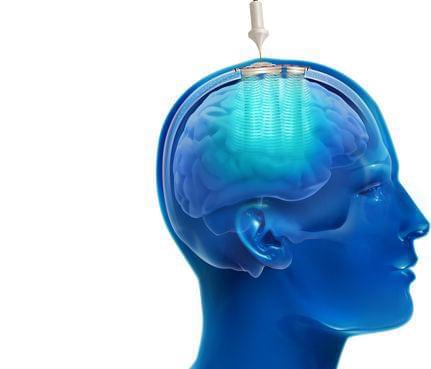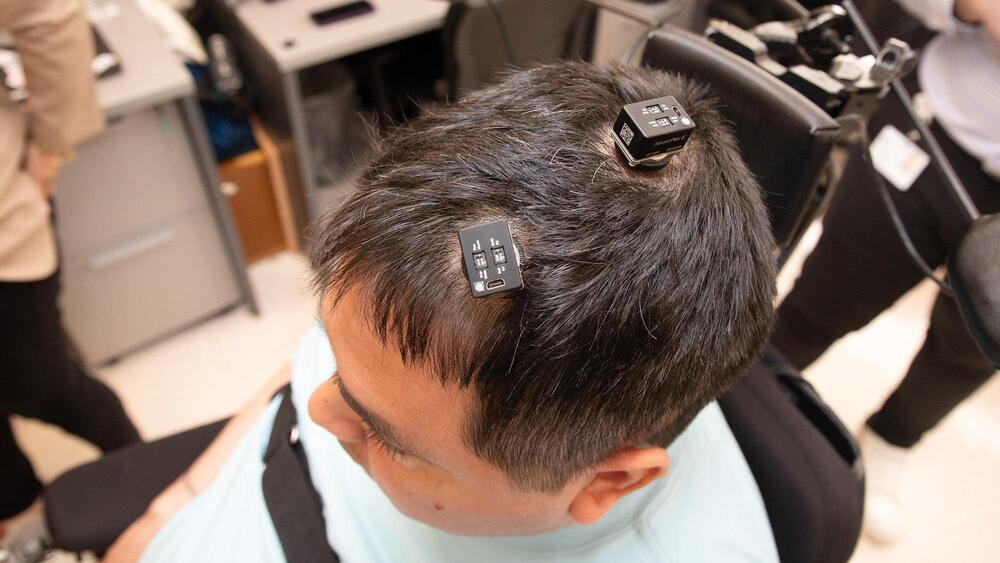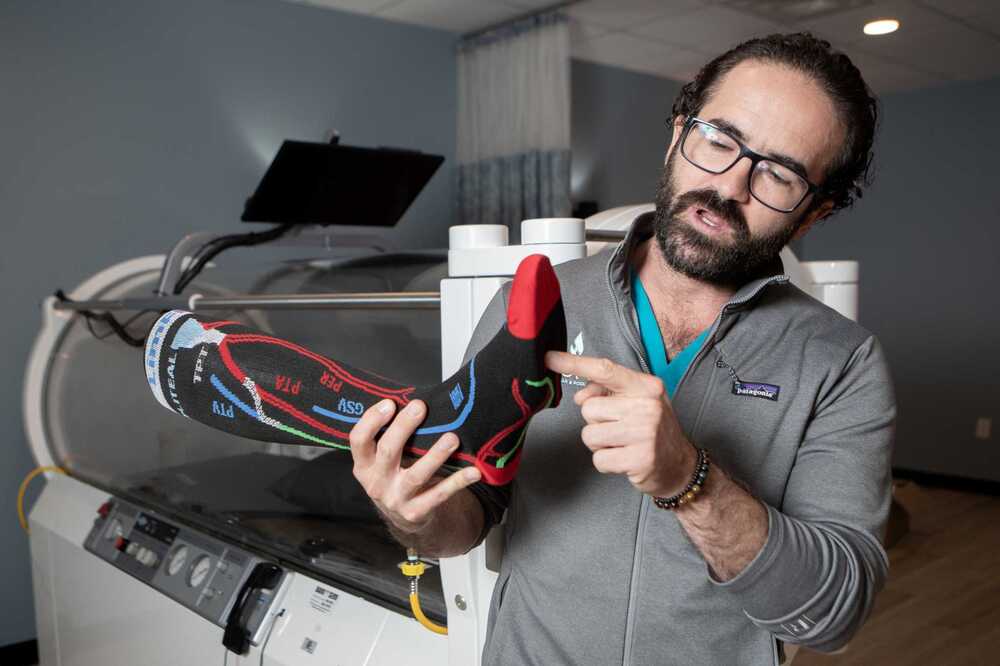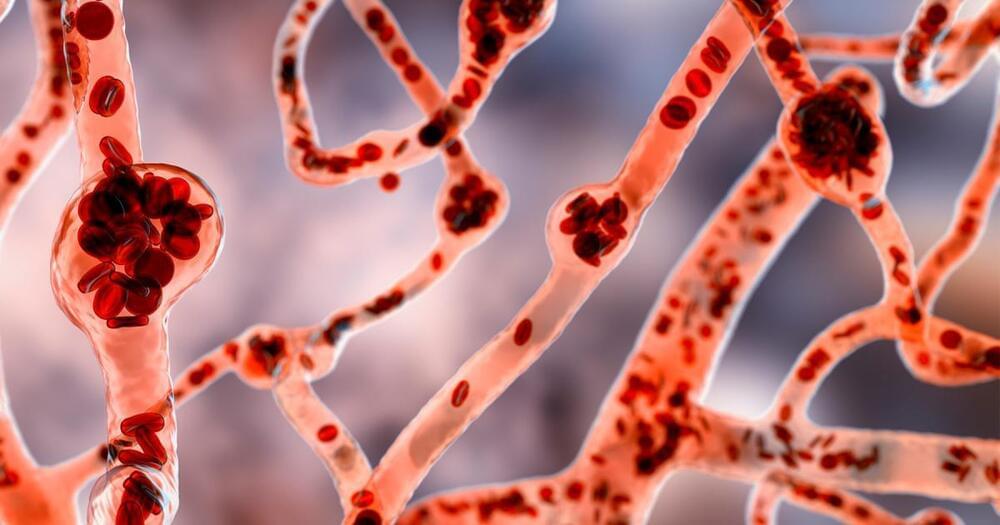Scientists claim to have uncovered the “missing link” that could pave the way for wearable electronic devices to control genes.
Wearable devices utilize biosensors to gather an individual’s data, including heart rate, blood pressure, sleep patterns, activity, and temperature, among other metrics.
Wearable electronic devices are playing an increasingly significant role in personalized medicine. However, they’re not yet capable of directly programming gene-based therapies, as explained in an article by a group of researchers from ETH Zurich, a public research university in Zürich, Switzerland.








